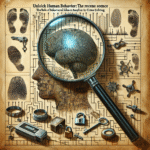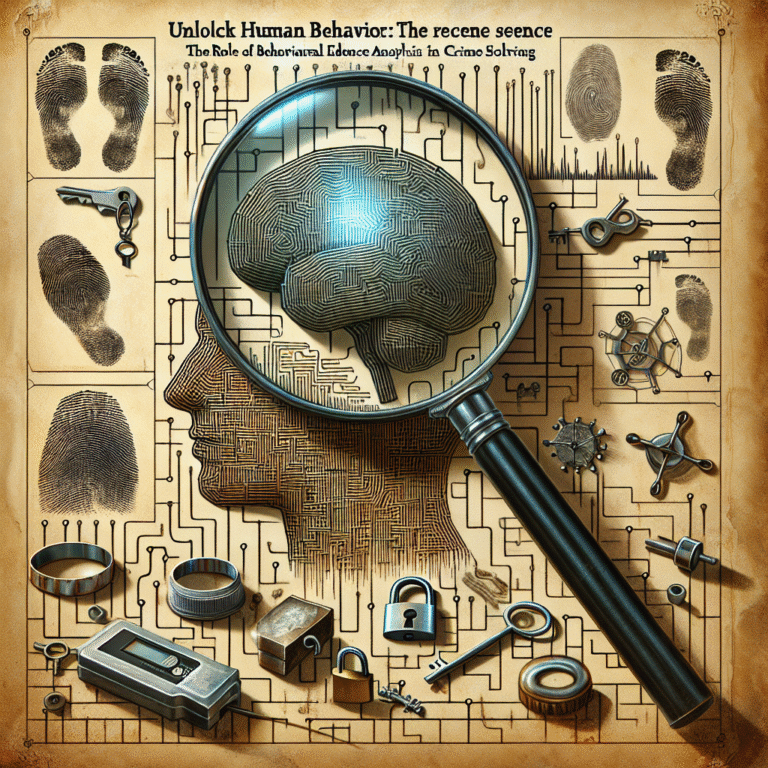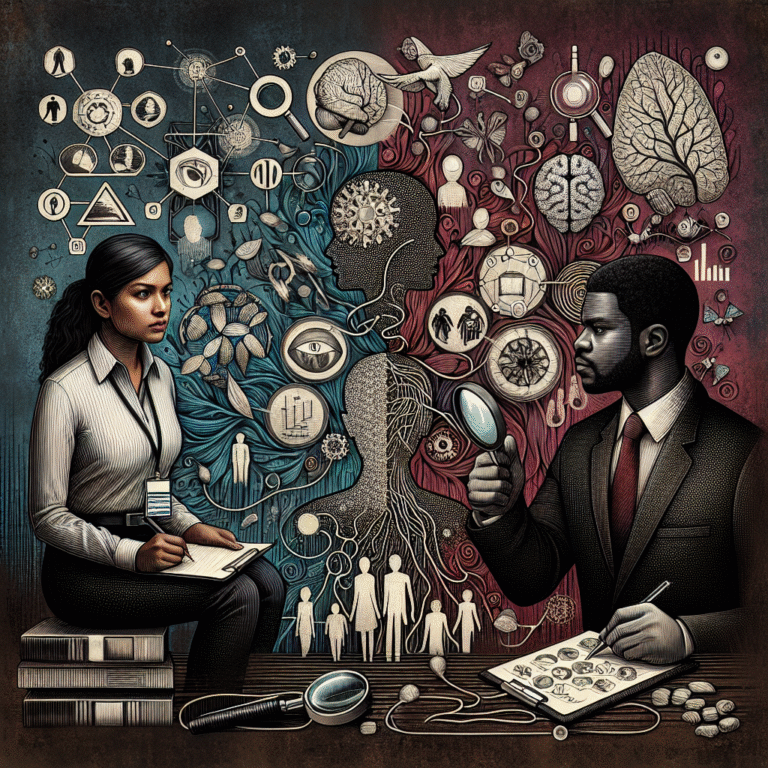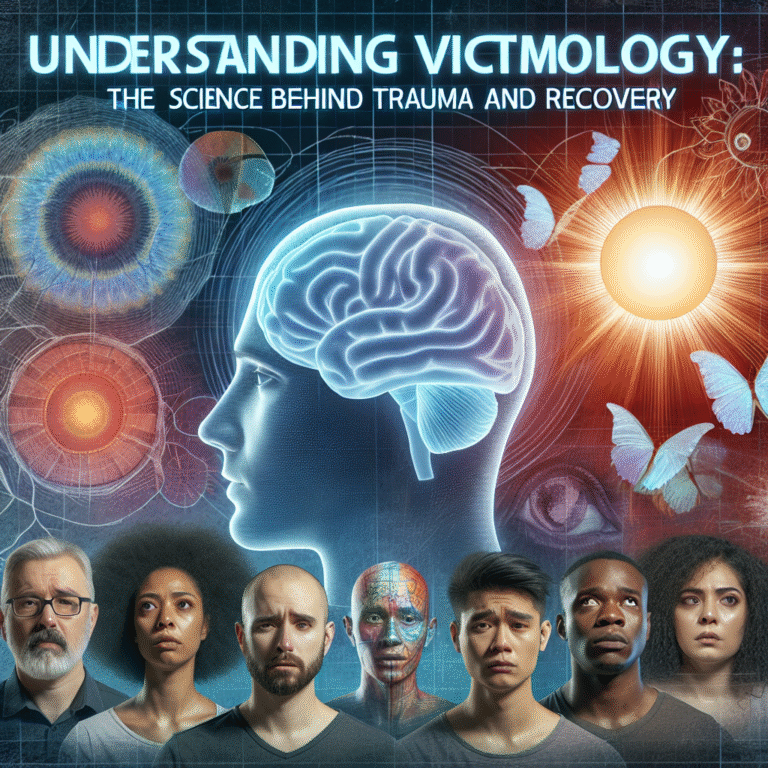
In today’s fast-paced, interconnected world, technology is reshaping every aspect of life—including the legal system. "The Impact of Technology on Legal Decision Making: A New Era for Courts" is undeniable as digital tools transform how courts function, influence legal outcomes, and even affect the public’s perception of justice. This transformation is not merely about the introduction of gadgets but reflects a profound shift in how legal decision-making occurs, enhancing efficiency, accessibility, and fairness.
Introduction
Imagine standing in a courtroom where a judge consults a digital assistant, accessing case law in real-time while presenting evidence in a highly interactive manner. This scenario isn’t from a futuristic film; it’s quickly becoming a reality in many jurisdictions. As technology embeds itself deeper within legal frameworks, we find ourselves at the threshold of a new era—one where algorithms and artificial intelligence (AI) work hand-in-hand with legal professionals.
In this article, we delve into "The Impact of Technology on Legal Decision Making: A New Era for Courts," examining how innovations are reshaping this vital institution and what this means for justice. From AI-assisted legal research to online dispute resolution platforms, we’ll explore diverse technological advancements and their implications for modern courts.
The Rise of Artificial Intelligence in Legal Settings
Automating Legal Research
One of the most significant impacts of technology on legal decision-making is the use of AI for legal research. Traditional legal research can be a time-consuming and labor-intensive process, but AI algorithms can sift through thousands of cases, statutes, and regulations in minutes. For instance, tools like ROSS Intelligence utilize natural language processing to allow lawyers to ask questions in everyday language, receiving relevant case law and legal precedents almost instantaneously.
Case Study: ROSS Intelligence
ROSS Intelligence was designed to help lawyers conduct legal research more efficiently. By using machine learning, the tool can "learn" from its interactions to improve its accuracy over time. By employing ROSS, a mid-sized law firm reported a 30% reduction in the time spent on legal research—freeing lawyers to focus more on client engagement and strategy rather than sifting through legal texts.
Predictive Analytics
Predictive analytics is another game-changing technology making waves in legal firms. These systems analyze historical data to predict the outcomes of legal cases, enabling attorneys to make more informed strategic decisions. This reduces uncertainty and allows lawyers to guide their clients based on evidence-backed predictions.
Table: Predictive Analytics in Action
| Technology | Application | Impact |
|---|---|---|
| Predictive Coding | E-discovery to identify relevant documents | 75% faster document identification |
| Sentencing predictions | Analyze prior sentencing trends to forecast outcomes | Aiding judges in making equitable decisions |
| Risk assessment tools | Evaluate a defendant’s likelihood to re-offend | Informing decisions on bail and court tracking programs |
Enhancing Access to Justice
Online Dispute Resolution (ODR)
The accessibility of legal services has also been dramatically altered by technology. Online Dispute Resolution platforms allow parties to settle disputes without visiting a physical courthouse. This can be particularly powerful in cases involving small claims, where the costs of traditional resolution methods might otherwise outweigh the potential recovery.
Case Study: Modria
Modria is an ODR platform used by various courts across the United States. It simplifies processes by allowing parties to engage in negotiations and submit evidence digitally. In 2019, a study found that courts utilizing Modria handled 30% more cases than those relying on traditional in-person methods, showcasing the efficiency gains such platforms can provide.
Enhancing Accessibility for the Impaired
Incorporating technology into the legal framework can also enhance accessibility for persons with disabilities. Virtual hearings and video conferencing options allow individuals who may otherwise struggle to attend court physically to participate. Features such as automated transcription can further aid those with hearing impairments, making courts more inclusive than ever before.
Case Study: Remote Court Hearings During COVID-19
The COVID-19 pandemic forced many courts to adapt quickly to remote operations. A study from Massachusetts highlighted how virtual hearings not only maintained court functions but improved accessibility for over 60% of participants—many of whom cited the convenience of attending court from home.
Concerns and Challenges
Bias in Algorithmic Decision-Making
While technology holds great potential, it also introduces challenges that need to be addressed. One significant concern is the risk of bias in algorithms. If the data fed into AI systems reflects existing societal biases, the outcomes generated by these systems could perpetuate and amplify these prejudices.
Analysis
Take the case of risk assessment algorithms, which are used to determine sentencing or bail eligibility. If these algorithms are trained on biased historical data, they may unfairly target specific demographic groups. Therefore, it’s crucial for jurisdictions to routinely evaluate their algorithms for fairness and accuracy to mitigate these risks.
Cybersecurity
As court processes go digital, the vulnerability of sensitive information becomes a pressing concern. Protecting personal and case-related data from breaches is paramount in maintaining public trust and court integrity. Courts must invest in robust cybersecurity measures to safeguard information and maintain confidentiality.
Table: Cybersecurity Strategies for Courts
| Strategy | Description | Expected Outcome |
|---|---|---|
| Data Encryption | Encrypt sensitive data to protect against unauthorized access | Enhanced data security |
| Regular Audits | Conduct frequent cybersecurity assessments | Identify and mitigate vulnerabilities |
| Employee Training | Educate staff on best practices for cybersecurity risks | Increased overall security awareness |
The Future of Technology in Legal Decision Making
The Role of Chatbots
As people increasingly seek information online, chatbots are emerging as valuable tools within legal environments. They can assist individuals in navigating basic legal questions, helping users determine what steps to take without the need for immediate legal representation.
Case Study: DoNotPay
DoNotPay is an AI-powered chatbot designed to help users fight parking tickets and resolve various legal issues. Its success stems from providing step-by-step guidance to users, resulting in over 1 million successfully closed cases since its inception. Each of these interactions exemplifies "The Impact of Technology on Legal Decision Making: A New Era for Courts," democratizing access to legal information.
The Evolution of Courtroom Technology
The future of courtrooms is also poised for a technology-driven revolution. Courts equipped with augmented reality (AR) and virtual reality (VR) may become commonplace, allowing jurors to experience case scenarios in interactive environments. Such technology can create a vivid understanding of the evidence—enabling richer comprehension and more informed decisions.
Conclusion
The integration of technology in law is ushering in a new era for courts, redefining how legal decisions are made and who has access to those decisions. As we navigate "The Impact of Technology on Legal Decision Making: A New Era for Courts," it’s imperative to remain vigilant about the challenges while harnessing the benefits. By focusing on improving fairness, accessibility, and efficiency, we can shape a legal environment that is equitable for all.
In closing, as technology evolves and continues to infiltrate the legal system, stakeholders must prioritize ethical considerations and ensure robust systems are in place. With the right balance, technology will not just supplement the human touch in legal decision-making but amplify it—creating a more informed, fair, and accessible judicial system.
FAQs
1. How is AI impacting legal research?
AI tools streamline legal research processes, enabling lawyers to access relevant case law and precedents quickly, thereby reducing time spent on manual searches.
2. What concerns exist with the use of technology in courts?
Concerns include potential biases in AI algorithms, cybersecurity risks, and the need for maintaining human oversight in decision-making processes.
3. How does predictive analytics work in legal settings?
Predictive analytics analyzes historical data to make informed predictions about the possible outcomes of legal cases, helping attorneys strategize effectively.
4. What is online dispute resolution (ODR)?
ODR platforms enable parties to resolve disputes online, improving accessibility and efficiency in handling cases, particularly for minor claims.
5. Are remote court hearings here to stay?
Given their proven efficiency and accessibility benefits, it’s likely remote hearings will remain a part of the legal landscape, even post-pandemic.
The legal landscape is undoubtedly evolving, and embracing technology ensures that we navigate this new era with informed optimism.















